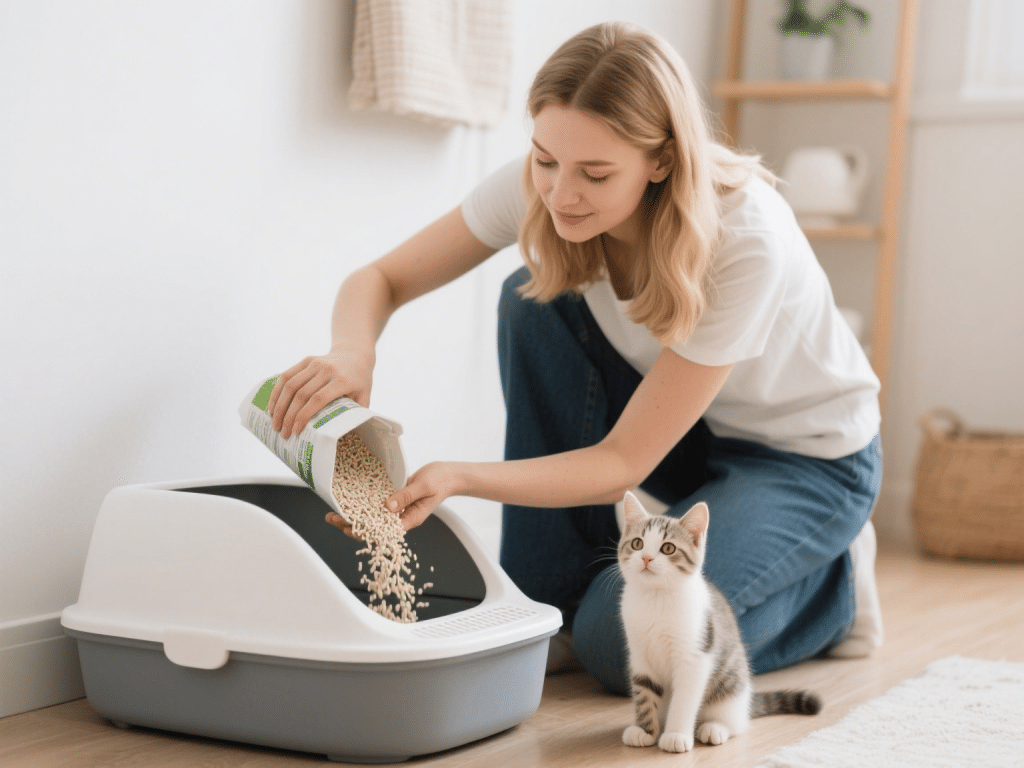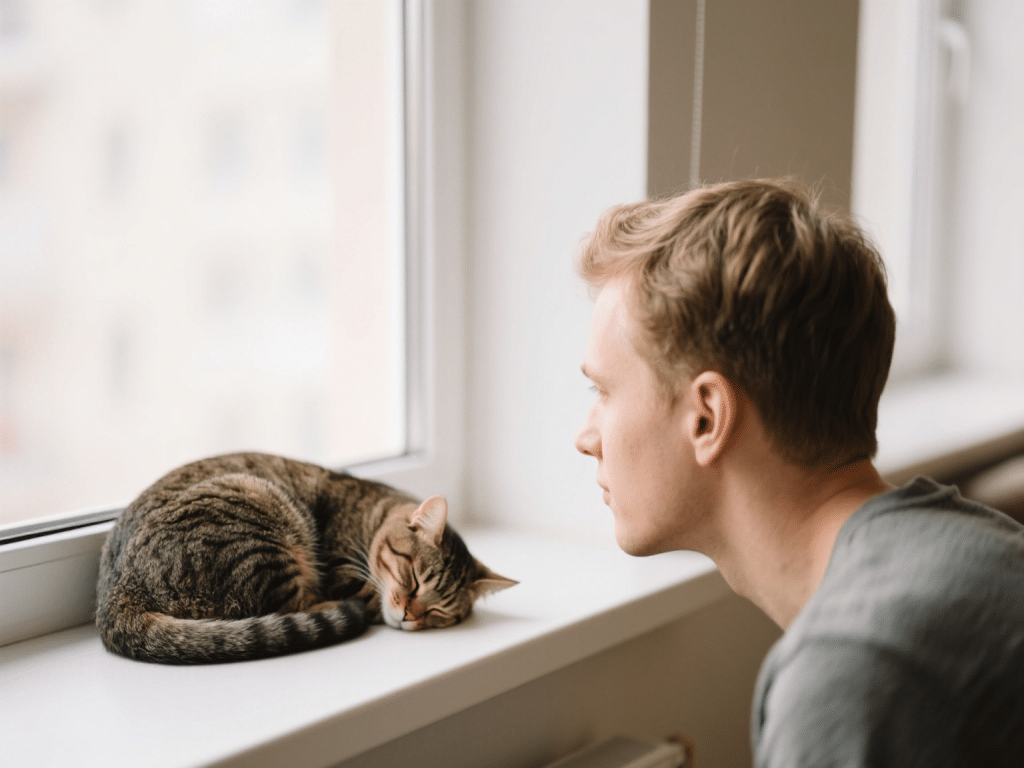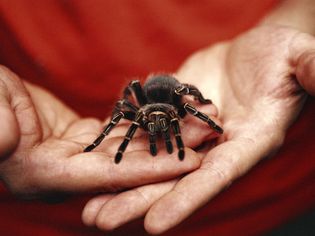Feline Chatter: Understanding How Cats Communicate with Each Other

Over the years, I’ve had the privilege of caring for multi‑cat households and studying feline social dynamics. Contrary to popular belief, cats are far from solitary—our whiskered friends boast a rich vocabulary of meows, purrs, tail flicks, and postures. Let’s decode how cats “talk” to each other and what their exchanges reveal about hierarchy, friendship, and emotional state.
1. Vocal Communication
Meows & Chirps:
Interestingly, cats rarely meow at each other; this greeting is typically reserved for humans. However, kittens chirp and trill to rally their mother.Purrs:
Purring isn’t solely a sign of contentment—it can also indicate self‑soothing during stress or pain.Hisses & Growls:
Clear warnings: an invitation to back off.
2. Body Language
Tail Signals:
Upright with kink: Friendly greeting.
Twitching tip: Focused interest or minor annoyance.
Low and bristled: Fear or aggression.
Ear Positions:
Forward: Curious or happy.
Flat against head: Defensive or angry.
Fur Puffing:
Piloerection (fur standing on end) makes the cat look bigger during threats.
3. Scent Marking & Touch
Bunting (Head‑butting):
A gesture of friendship; cats transfer pheromones to mark members of their social group.Rubbing Flanks:
Spread scent from anal glands—a communal bonding ritual.Allogrooming:
Mutual grooming indicates strong bonds and mutual trust.
Did You Know? Cats have nearly twice as many olfactory receptors as humans; scent is their richest mode of communication.
4. Territorial Dialogues
Cats use scent sprays to demarcate territory and leave long‑lasting messages about status and reproductive availability. Observing where your feline companions spray or rub can help you manage conflicts in multi‑cat homes.
5. Facilitating Cat Conversations
Vertical Space:
Give each cat its own vantage point—shelves, trees, or perches—to reduce tension.Multiple Litter Boxes & Resources:
Minimize competition by providing plentiful food, water, sleeping areas, and litter spots.Calming Aids:
Synthetic pheromones can ease introductions or ease friction.
Conclusion
Cats employ an intricate tapestry of vocal, visual, and olfactory signals to navigate social life. By tuning in to their subtle cues—ears, tails, scents—you’ll foster harmony and deepen your appreciation for their complex inner world. Next time your kitties converse, watch closely: you’re witnessing a language that’s been honed over millennia.









Comments on "Feline Chatter: Understanding How Cats Communicate with Each Other" :